Contact Info
133 East Esplanade Ave, North Vancouver, Canada
Expansive data I/O tools
Extensive data management tools
Dataset analysis tools
Extensive data management tools
Data generation tools to increase yields
Top of the line hardware available 24/7
AIEX Deep Learning platform provides you with all the tools necessary for a complete Deep Learning workflow. Everything from data management tools to model traininng and finally deploying the trained models. You can easily transform your visual inspections using the trained models and save on tima and money, increase accuracy and speed.
High-end hardware for real-time 24/7 inferences
transformation in automotive industry
Discover how AI is helping shape the future
Cutting edge, 24/7 on premise inspections
See how AI helps us build safer workspaces
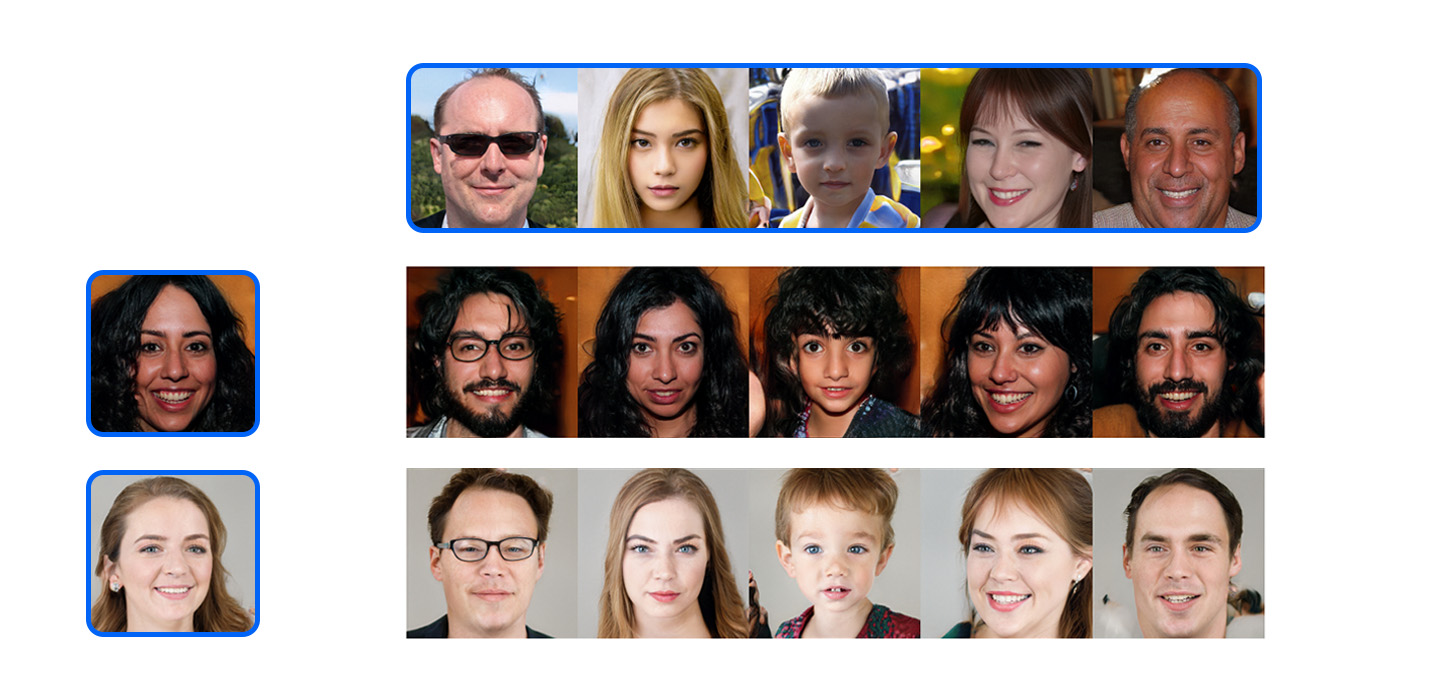
In 2014, Ian J. Goodfellow and his co-authors introduced the Generative Adversarial Network (GAN). GANs perform unsupervised learning tasks in machine learning. Two models, known as generators and discriminators, are used to discover and learn the patterns in the input data.
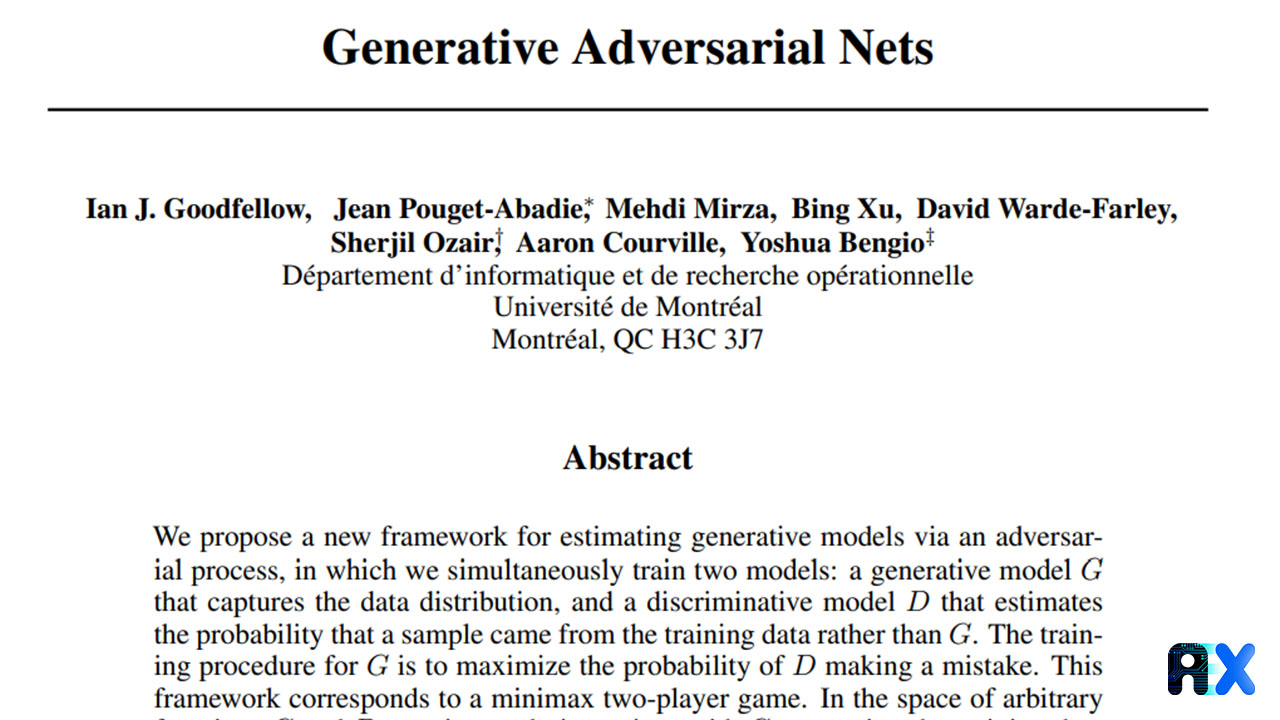
There are two essential components in a GAN that work in tandem to improve the network:
Generator: Typically, the Generator starts its work by receiving Gaussian noise from the input. The next objective of the Generator is to generate images as close as possible to reality.
Discriminator: Tasked with distinguishing fake images from real images, the discriminator examines the images generated by the Generator and determines whether images look real enough. The discriminator achieves this by comparing the dataset images and the images generated by the Generator.
In Short, a GAN strives to create images that look as natural as possible, and these images can often deceive humans and even the computer that created them into thinking they are real images.
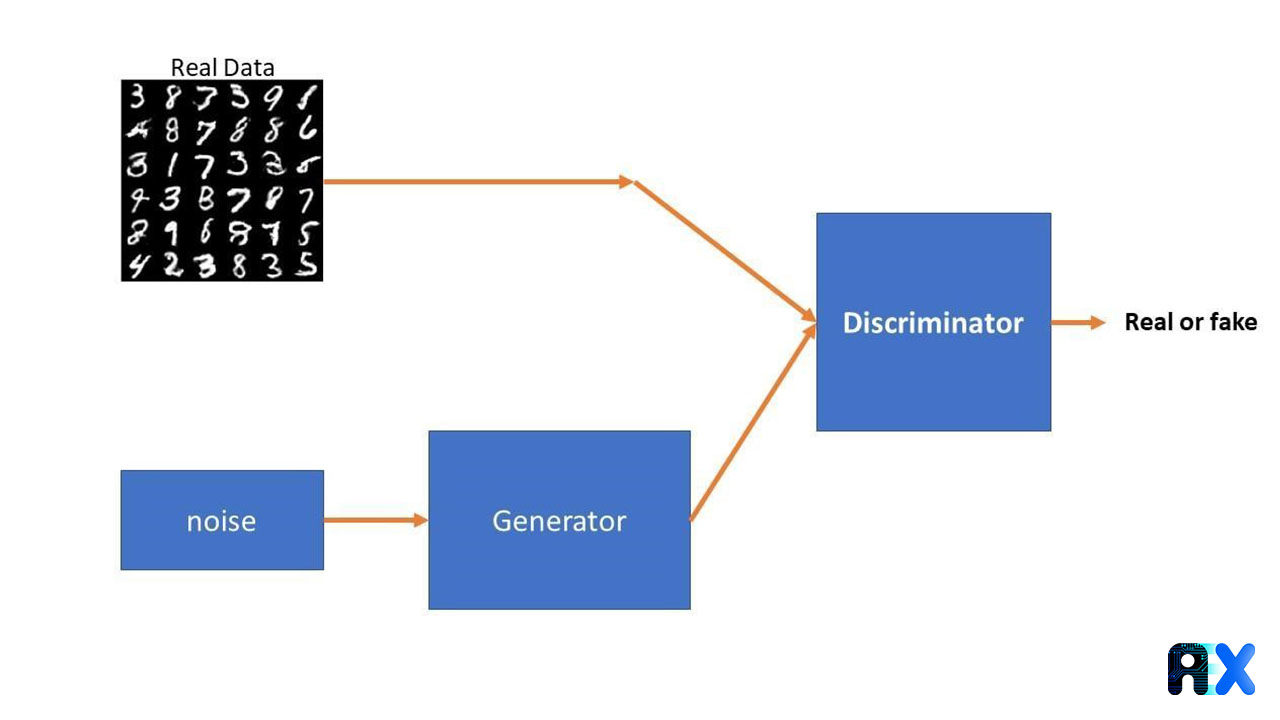
The figure below shows an example of GAN training on handwritten digits (mnist). At each stage, the shapes start from noise and change shape to ultimately form handwritten digits.

It is customary to use the story of the police and the counterfeiter to explain the GAN. The main character of this story is a police officer (the Discriminator) who searches for counterfeit money and a counterfeiter (the Generator) who makes fake money.
At first, the counterfeiter knows nothing about how money is supposed to look, so he will create terrible forgeries. The officer is equally terrible at recognizing fake money.
Herein, the officer is informed that a specific dollar bill is fake. Then, we show a real dollar bill and ask how it differs from the fake one. In order to distinguish the real one from the fake one, the officer looks for new details. The officer might notice, for example, that authentic money has a picture of a person while fake money does not. As a result, he can distinguish between real and fake money.
In the next step, we explain to the counterfeiter that his money images are being rejected as fake and that they need to be improved.
This cycle repeats thousands of times until both networks become experts in this back-and-forth game. As time passes, the Generator produces near-perfect counterfeits, and the Discriminator becomes a Master Detective looking for the slightest anomalies.
1- Vanilla adversarial generative networks
(the original network introduced by Ian Goodfellow) (The Vanilla GAN)
2- Deep Convolutional Generative Adversarial Networks
A convolutional neural network is used as both a generator and a discriminator. For example, The network Nvidia developed generates images that are used to distinguish between real and false face images.
3- Conditional Generative Adversarial Networks
It is possible to generate a specific type of data using the network. Consider the dataset of numbers 0 to 9 (mnist), each of which can generate random images of numbers in the usual adversarial generator network. The difference is that in this type of network, we can define a condition by feeding input C, so that it produces only the result we are looking for.
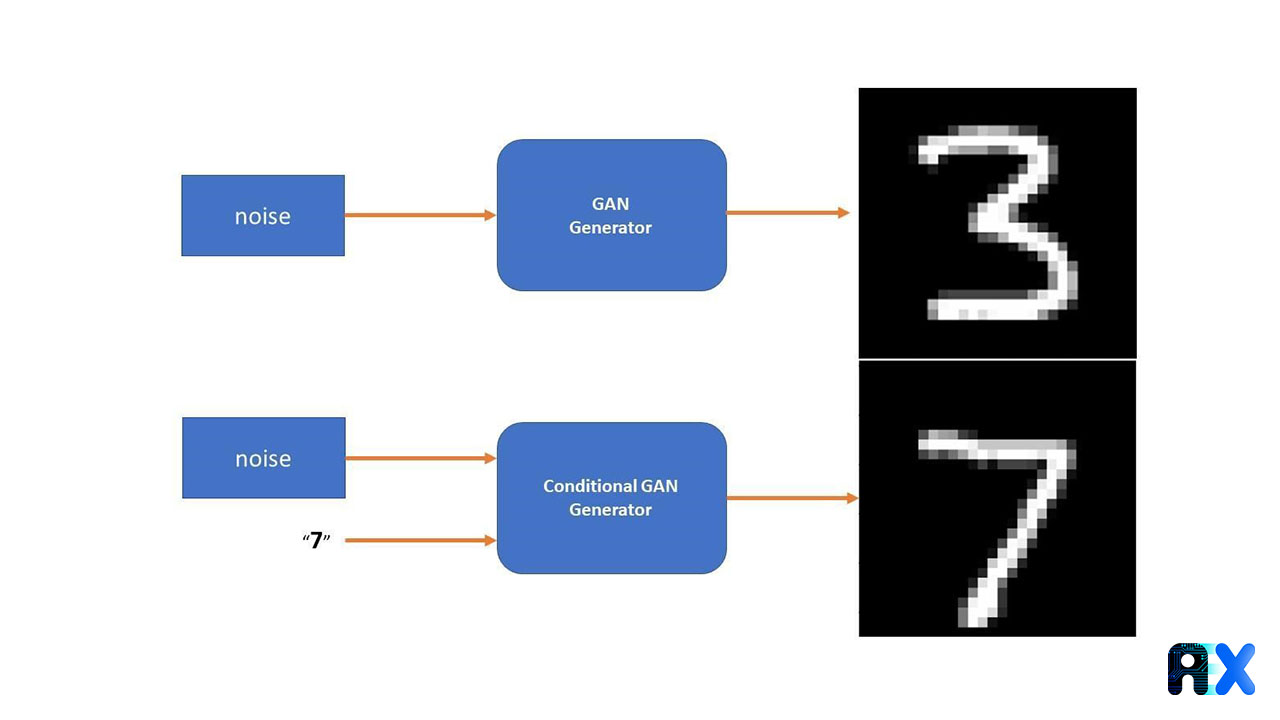
One of the pioneers of artificial intelligence, Yann Lecun, called GAN the most interesting machine learning idea of the last ten years. Researchers have achieved great success with GANs in the last 8 years. The following are some high-quality fake images of faces generated using GAN.
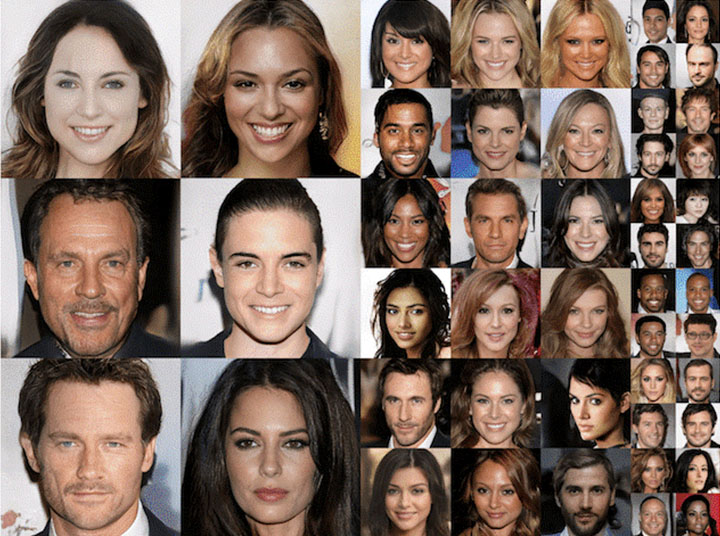
In addition to generating images of faces, the GAN has countless other applications. Various GAN-generated images can be found online. Among them are animal images, paintings in the style of famous painters, caricatures, and so on. The following are some of the applications of the GAN.
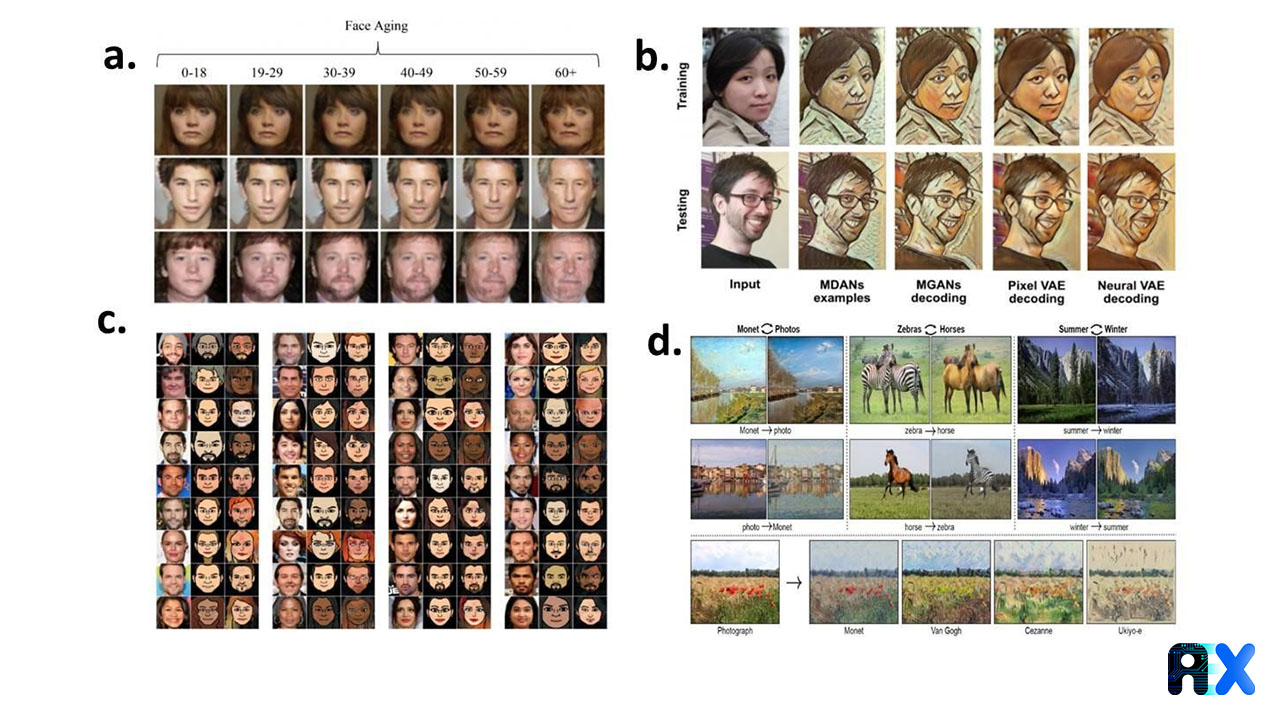
1. Goodfellow, Ian, et al. “Generative adversarial networks.” Communications of the ACM 63.11 (2020): 139-144.
2. Mirza, Mehdi, and Simon Osindero. “Conditional generative adversarial nets.” arXiv preprint arXiv:1411.1784 (2014).
3. Creswell, Antonia, et al. “Generative adversarial networks: An overview.” IEEE signal processing magazine 35.1 (2018): 53-65.
4. Gui, Jie, et al. “A review on generative adversarial networks: Algorithms, theory, and applications.” IEEE Transactions on Knowledge and Data Engineering (2021).
5. Mao, Xudong, and Qing Li. Generative adversarial networks for image generation. Springer Singapore, 2021.
6. Razavi-Far, Roozbeh, Ariel Ruiz-Garcia, and Vasile Palade. “An Introduction to Generative Adversarial Learning: Architectures and Applications.” Generative Adversarial Learning: Architectures and Applications. Springer, Cham, 2022. 1-6.
You can enter your email address and subscribe to our newsletter and get the latest practical content. You can enter your email address and subscribe to our newsletter.
© 2022 Aiex.ai All Rights Reserved.